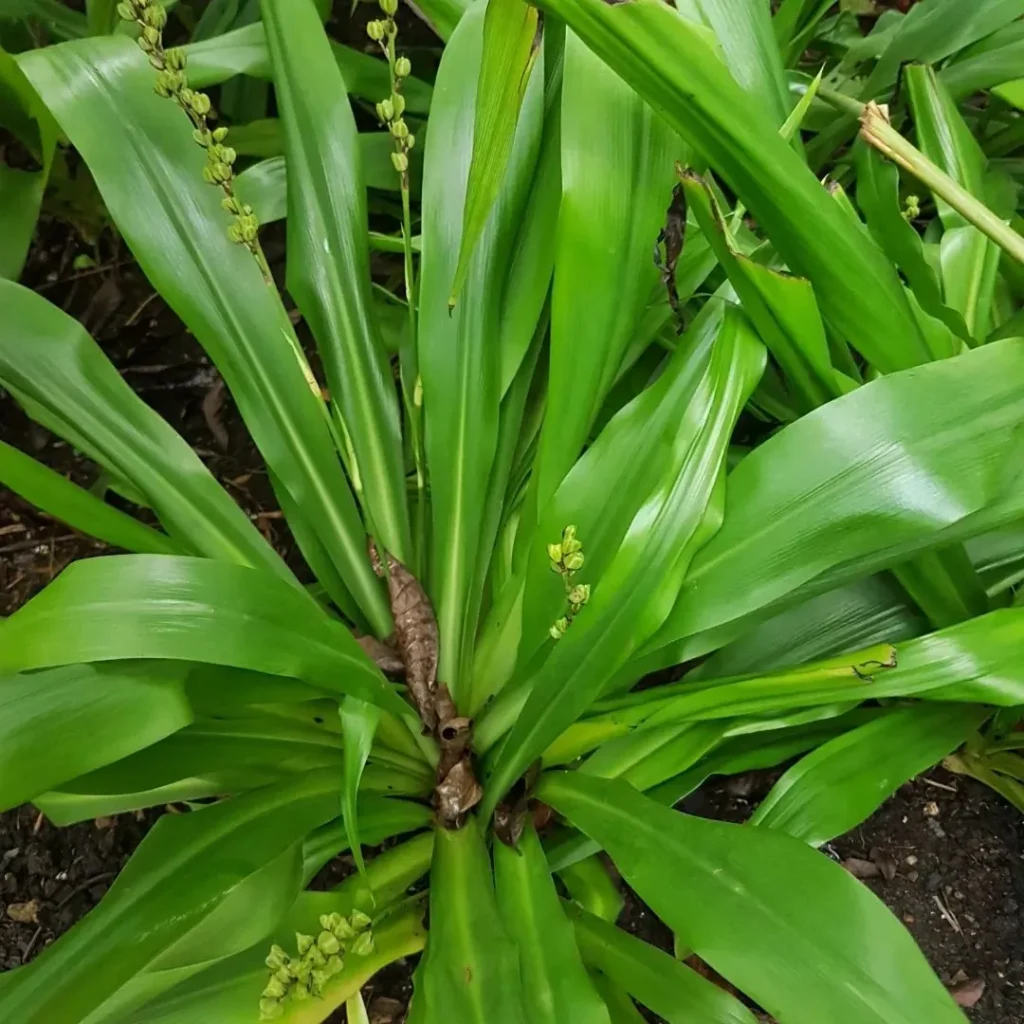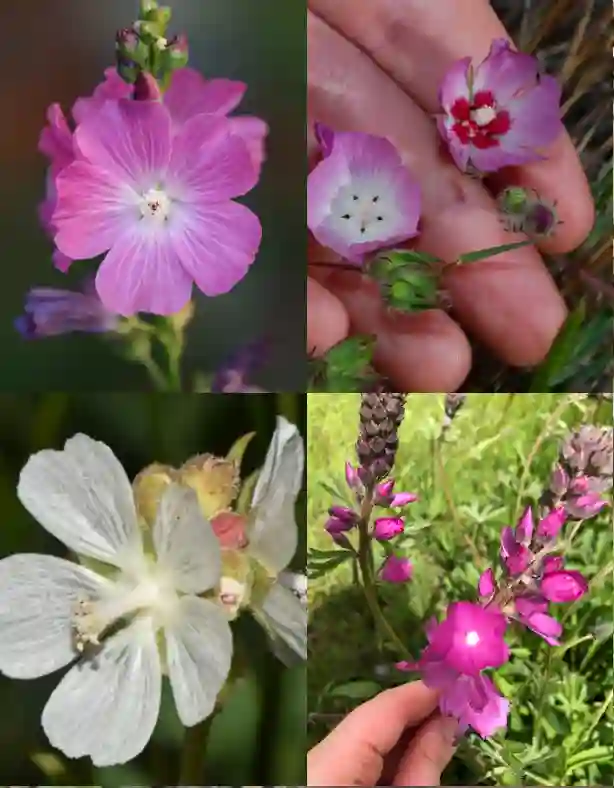Conocarpus: A Deep Dive with Ferb Vu
The world of plants is vast and diverse, filled with fascinating species that each have their own unique stories to tell. Today, I want to share my fascination with a particular genus of plants called Conocarpus. This genus, belonging to the Combretaceae family, is known for its hardy nature and adaptability to harsh environments.
I first encountered Conocarpus during a trip to the coastal regions of Vietnam. I was immediately struck by their resilience, growing strong and tall despite the salty air and intense sun. This sparked my curiosity, and I’ve been delving deeper into their world ever since.
Unpacking the Genus: Species in Conocarpus
Conocarpus, while not as expansive as some other plant genera, boasts a few distinct species. The most recognized are:
- Conocarpus erectus: This is the most common species, often referred to as buttonwood or button mangrove. It’s known for its twisted trunk, leathery leaves, and button-like seed pods. – Plant FAQs: Conocarpus Erectus – Buttonwood
- Conocarpus lancifolius: Also known as the lance-leaved buttonwood, this species is native to the Horn of Africa and the Arabian Peninsula. It differs from C. erectus with its narrower, lance-shaped leaves and smoother bark.
While these are the two primary species, there’s ongoing debate among botanists about potential sub-species or varieties within Conocarpus erectus. This adds another layer of intrigue to this already fascinating genus.
Why Conocarpus Captures My Interest
My fascination with Conocarpus stems from several key factors:
- Ecological Importance: Conocarpus plays a crucial role in coastal ecosystems. Their strong root systems help stabilize shorelines and prevent erosion. They also provide habitat and food sources for various animal species.
- Ornamental Value: With their unique growth habit and attractive foliage, Conocarpus trees are often used in landscaping and urban forestry. They can be pruned into hedges or grown as standalone specimen trees.
- Economic Significance: The wood of Conocarpus is durable and resistant to decay, making it valuable for construction, fuelwood, and charcoal production. In some regions, the bark and leaves are used in traditional medicine.
Semantic Entities and Conciseness
Beyond Hemingway, I’m also paying attention to semantic entities and conciseness. By using specific botanical terms and linking them to their broader context (family, order, etc.), I aim to create a richer and more interconnected understanding of Conocarpus. This approach ensures clarity and avoids ambiguity, especially when discussing scientific concepts.
Semantic Interoperability: Bridging the Knowledge Gap
Finally, I’m striving for semantic interoperability. This means using language and terminology that can be easily understood and interpreted across different platforms and by people with varying levels of botanical knowledge. Whether you’re a seasoned botanist or a curious layperson, my goal is to make this article accessible and informative.
In conclusion, Conocarpus is a genus that deserves more attention and appreciation. From their ecological significance to their ornamental and economic value, these trees offer a multitude of benefits. I hope this article has shed some light on this fascinating genus and inspired you to learn more about the wonders of the plant world.
If i die, water my plants!



